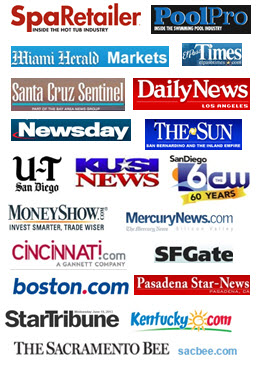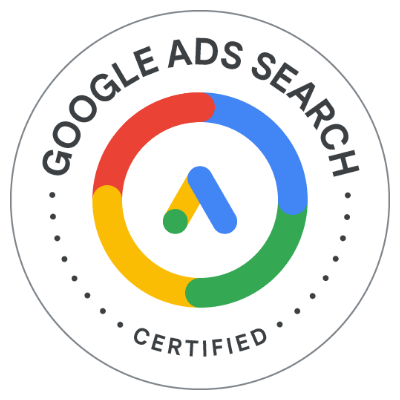Marketing is essentially communicating your business and its product or service offerings to potential customers. It is a way of inciting interest and describing the advantages and features uniquely presented by your company. However, as valuable as marketing can be, it presents serious issues when it comes to reaching the intended consumer.
Traditional marketing broadcasts prints the message where many potential consumers will receive it, but it will be applicable to very few. As such, marketing slowly has become more centered on specific demographics, enabled largely by improvements in communication.
For example, it is relatively easy to develop marketing campaigns that focus on certain locations, such as advertising in a neighborhood paper, or to target a specific demographic, such as advertising your fitness center on a healthy living website. However, it can still be very difficult to reach viable consumers, consumers that turn into sales, mainly because of the constraints posed by location.
Location-based marketing is the missing element. Without it, over 90 percent of ad impressions are wasted on consumers who are outside your geographic area. Fortunately, technology has advanced to allow geo-location marketing. For instance, smartphones allow marketers to obtain device-location data and modern search engines, such as Google, enable consumers to find what they need based entirely on what is near them. Better targeting equals bigger demand and better conversions. Here is how to make it work for you:
TARGET YOUR CAMPAIGN AS SPECIFICALLY AS POSSIBLE: First, make sure that your campaign is targeted specifically to the area you do business in. Search engines like Google, allow you to target your marketing campaigns based on City, ZIP codes, neighborhoods, or even a specific street intersection.
This way, when you advertise your coffee shop, you can be sure that biggest percentage of consumers exposed to your campaign are within a range that would make sense for them to choose your coffee shop.
USE YOUR LOCATION TO YOUR ADVANTAGE: You can use your location to your advantage in promotions by focusing on providing consumer incentives at a hyper-local level. For example, you could provide a time-sensitive coupon to consumers within a few mile radius of your business.
EXPLAIN YOUR LOCATION: With geo-location, you can also explain your location, preventing a situation where you have a customer who is interested in what your company offers but does not want to bother looking up directions. Not only could you provide a map, but you could even provide directions from the person’s location (walking, driving, or by bus).
PLAY UP THE NOVELTY: Lastly, make sure that your geo-location marketing campaign plays up the novelty presented by location based marketing. Major retailers, such as Starbucks, are using programs such as Foursquare and Facebook Locations to turn location into a game. Consumers can “check in” at your location, allowing you to provide incentives for consumers to visit a specific location more frequently by offering status (e.g. mayor status, badges), points, or incentives based on the number of visits (e.g. free appetizer on your fifth visit).
Local Internet Marketing is a key part of growing your business and brand, to attract local consumers.
Local Internet Marketing isn’t just about having a website, it includes being findable in multiple places when local consumers are looking for your product or service. Need help implementing this or other local business marketing strategies? We can help! Our “done for you” approach has been perfected to get you maximum results for your business with as little as an hour a month of your time invested. Sound interesting? Call us and we’ll show you how it has worked for other business owners just like you.






